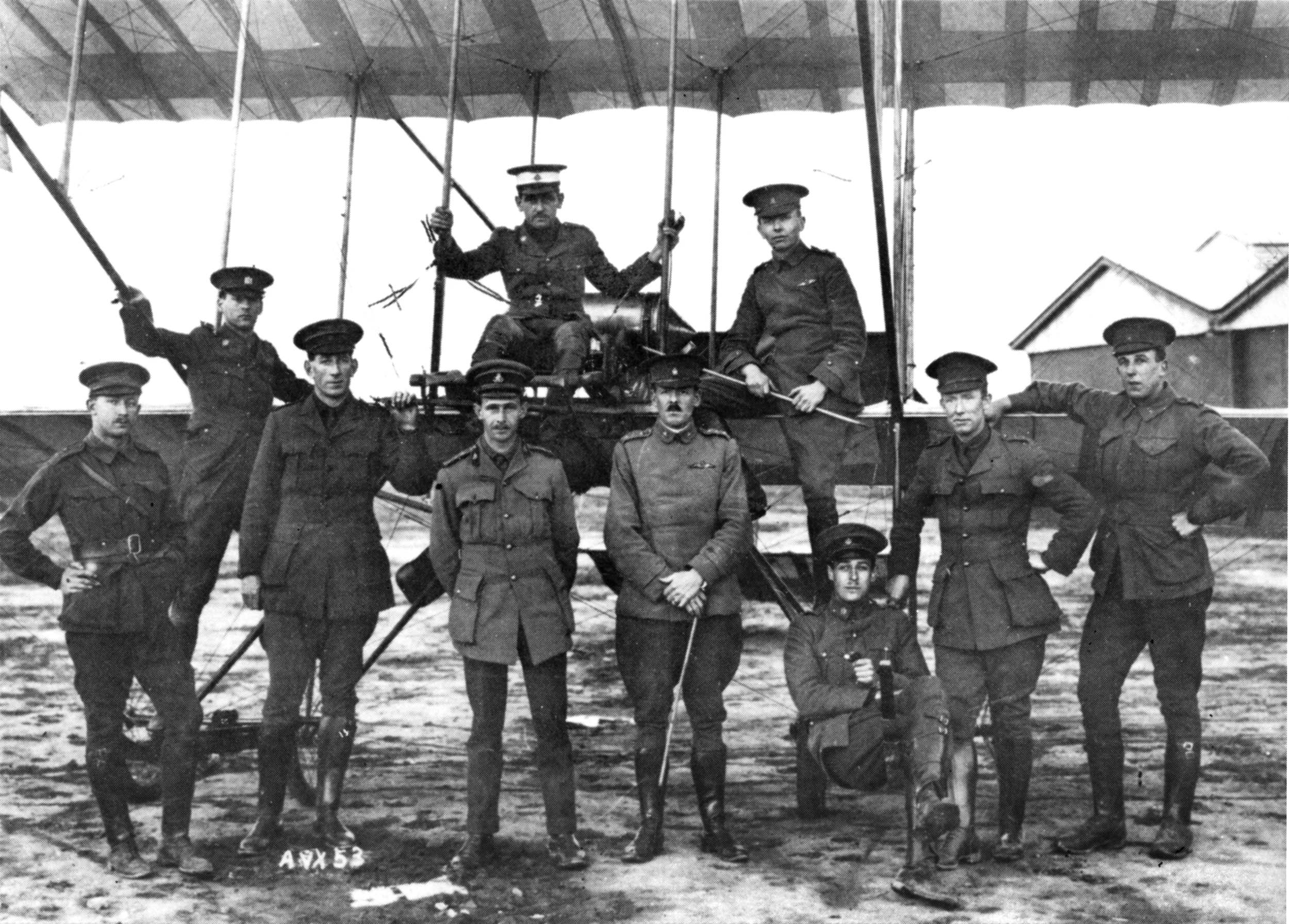

Our History
The history of the Australian Army Flying Museum
Our History
The history of the Australian Army Flying Museum
History of the Museum
The museum had it’s humble beginning in a single room at the Army Aviation Base back in the mid 1980’s with Terry Egan as the curator.
In the early years, the museum didn’t have possession of any aircraft however, there were a number of aircraft at Oakey ‘strategically located’ that were a valuable part of the Army Aviation Corps History and these aircraft formed the foundation for what is now the museum.
Those aircraft included:
A Cessna 180, A98-045, three Bell 47 Sioux, A1-568, -720 and -738, and an O1-G Bird Dog – Bunny II.
Due to the efforts of Terry Egan, the museum eventually obtained a hangar to store the aircraft.
On 01 July 1989, the museum was officially opened by the Honorary Colonel, Colonel Ross Harding (Retd).
During the following years, the museum expanded to include four hangars and a memorabilia room.
In August 2005, the museum moved into a new purpose-built facility on the airfield at Oakey and opened for business on the 02 September 2005
The new museum complex was officially opened on 02 September 2005 by local MP Ian McFarlane.
From its humble beginning the museum has continued to grow and now houses 22 aircraft on display within the museum and a number of aircraft undergoing restoration and in storage, with more to come.
The museum also includes a memorabilia room displaying objects and relics of significance from WW1 through to current conflicts in Afghanistan.
Donate Images
Donate Images
Contribute to the History of Australian Army Aviation with Your Images
History is often told through images. Since the dawn of civilization, humans have been documenting their surroundings, capturing moments in time through art and photography. Today, we have the privilege of accessing these images online, thanks to museums, galleries, and the internet.
The Australian Army Flying Museum is proud to have a vast collection of images dating back to World War I. However, we are always looking to expand our collection with relevant images that have a connection to Australian Army Aviation people, equipment, training, operations, or locations. That's why we have developed a system that allows you to upload your Army Aviation imagery directly to our website.
We are interested in receiving digital images or scans of printed photographs that meet our criteria. These images must be unclassified, free from copyright, and contain no inappropriate gestures. Scanned images should have a minimum resolution of 300dpi, but we recommend a resolution of 600dpi for the best quality.
When submitting your images, we ask that you provide as much context as possible. Please include the names of people depicted, the location depicted, the operation or activity taking place, and the date (year minimum). If you know the photographer, please include their name as well.
Once uploaded, copyright will be held by the AAFM. By contributing to our collection, you are helping to preserve the rich history of Australian Army Aviation for future generations to learn from and appreciate.
Thank you for considering the Australian Army Flying Museum as a home for your historical images. We look forward to seeing your contributions.
